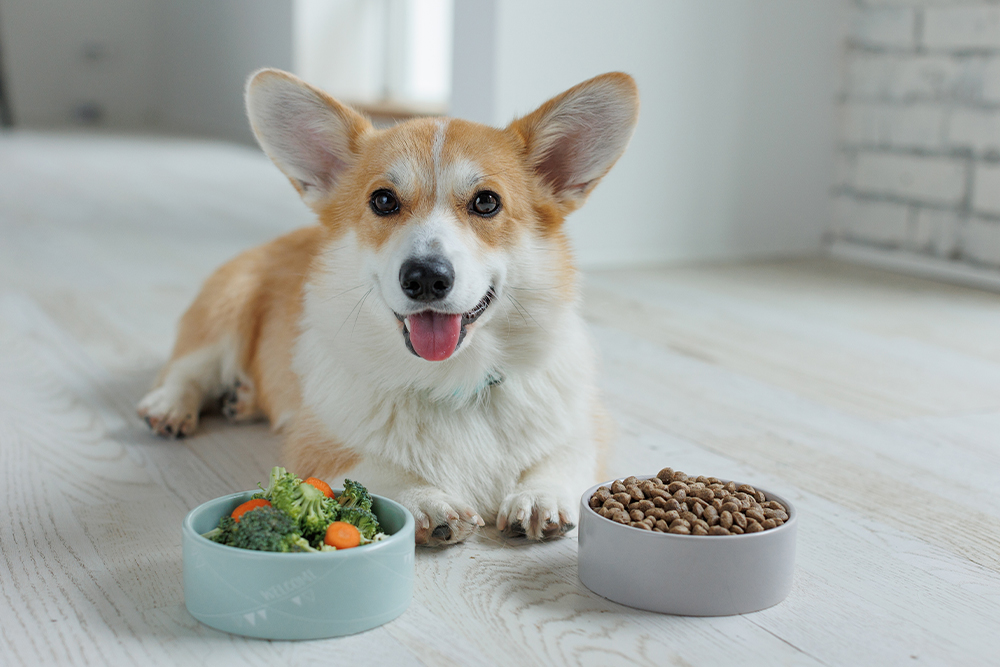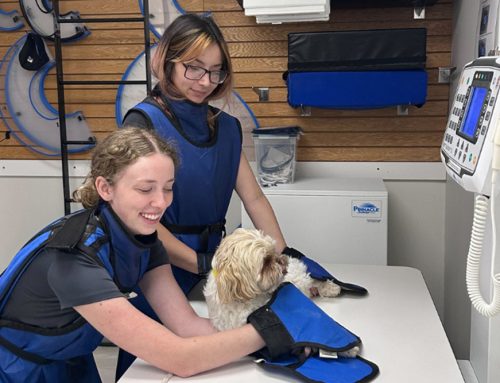At some point, you’ll probably need to change your pet’s food — whether it’s because they’re growing, a new health concern comes up, or you’ve simply found a better option. Whatever the reason, it’s important to make the switch carefully. Sudden changes can upset their stomach and cause diarrhea, vomiting, or constipation, but a gradual approach can make the whole process much easier on both of you.
The best way to start is small. For the first few days, mix about 25% of the new food with 75% of the old food. This gives your pet’s digestive system a chance to adjust without being overwhelmed. While you’re doing this, keep a close eye on how they’re reacting — watch for any changes in appetite, stool quality, or energy levels. These little signs can tell you a lot about how well they’re handling the change.
Over the next week or so, you can slowly increase the amount of new food while reducing the old. By the middle of the transition, a 50/50 mix usually works well. Toward the end of the week, move to about 75% new food and just 25% old food. By day 10, most pets are ready for the full switch. Some adjust faster, others need a little more time — patience is key here.
It also helps to make sure your pet has plenty of fresh water throughout the transition. Staying hydrated supports digestion and can make the adjustment much smoother.
You’ll know things are going well if your pet keeps eating normally, has consistent stools, and maintains their usual energy. If they show ongoing signs of digestive upset or stop eating altogether, it’s time to reach out to Page Point Animal Hospital. We can help guide you through the process and may even suggest an alternative diet if needed.
Ultimately, transitioning your pet’s food is about being patient, observant, and thoughtful. With the right approach, you can make the change a comfortable one and set your furry friend up for long-term health and happiness.





Leave A Comment